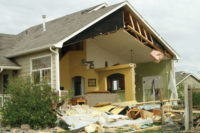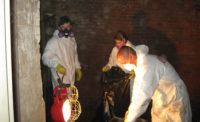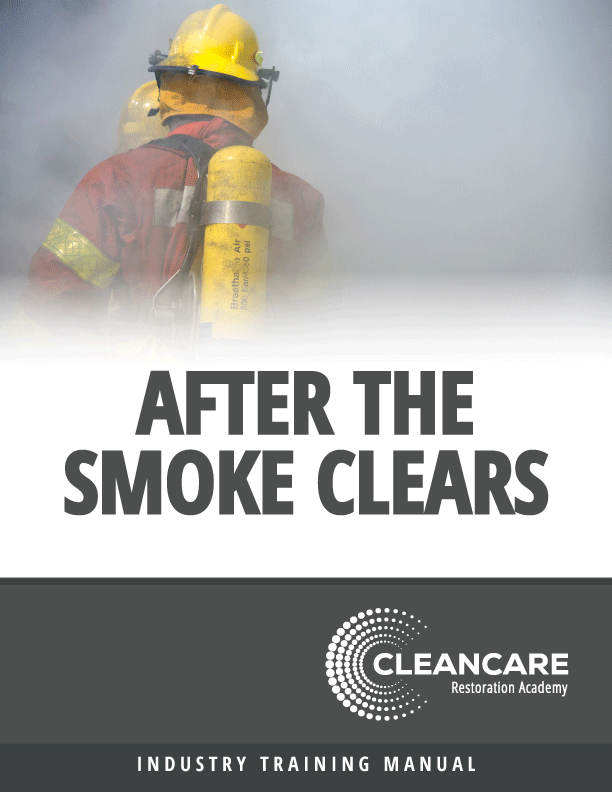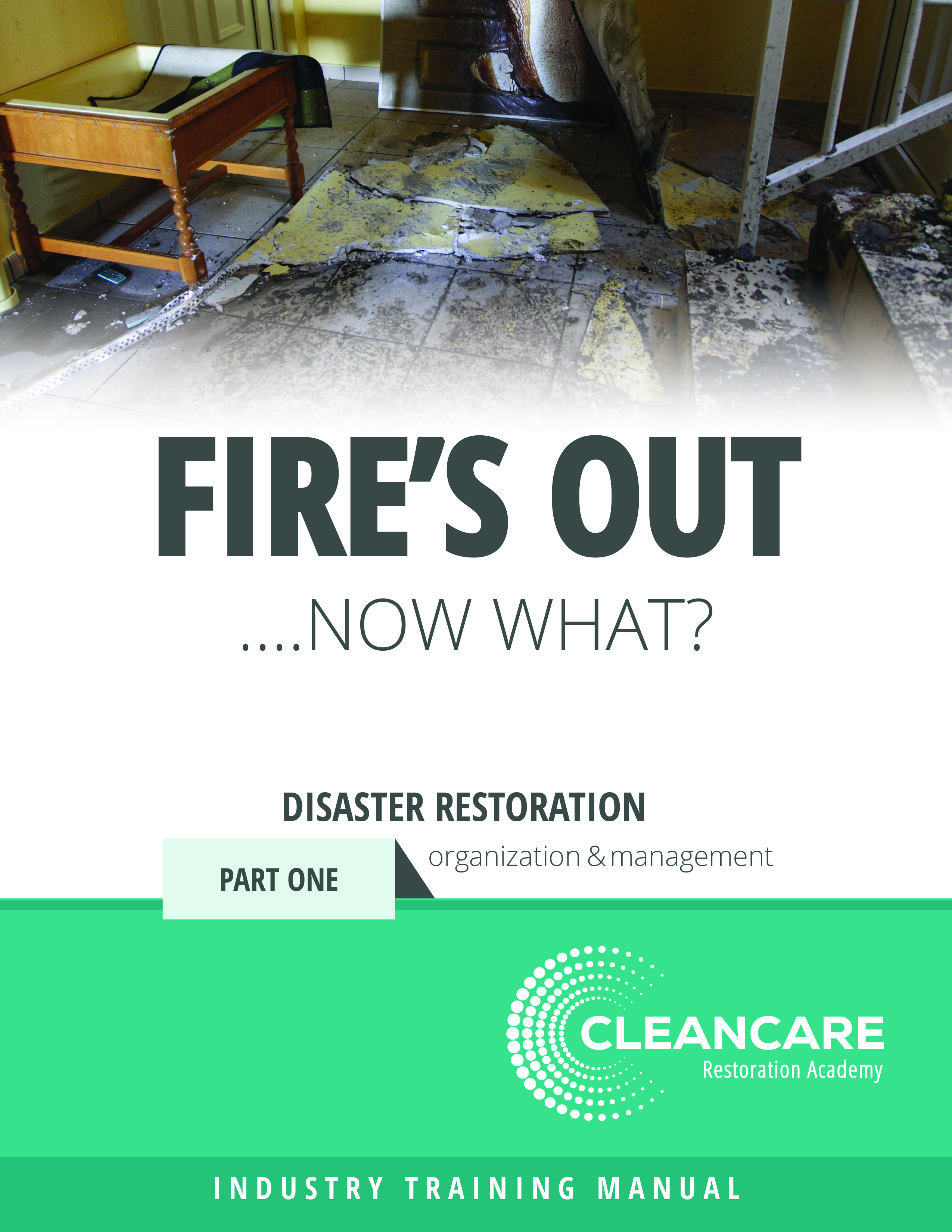Controlling the Chaos: Philadelphia Hotel Fire Poses Bevy of Challenges










In the early morning 4 a.m. hour on July 23, 2014, smoke began to billow from downtown Philadelphia’s Sheraton Hotel, located at 16th and Race Street, causing officials to evacuate over 1,000 guests from all of its 26 stories and 757 rooms for precautionary purposes.
A blown circuit breaker had caused the smoke to billow from the basement, which impacted the hallways of the 26-story facility as well as a four-story atrium entrance area and a 120,000 square-foot ballroom. Blowers were eventually brought into the facility by fire department officials in an attempt to vent out the lingering smoke so that guests could safely be allowed back inside.
PuroClean of Delran (New Jersey) got the call later that morning and had restoration professionals on-site by 8 a.m. As crews waited for the fire department to release the site, they began planning. Three large truckloads of equipment were called in, which included dozens of 4-foot blowers and HEPA-filtered air scrubbing equipment. Over 80 hydroxyl generators were also delivered to the site. And as guests were permitted back into the hotel a few hours later, PuroClean of Delran also entered the facility with the task of removing the smoke odor from the building.
“Hotels are difficult to work for because they almost always, in my experience, get involved in the scope of work,” says Harry Allcroft, Owner, PuroClean of Delran. “When it comes to a fire or mold particularly, there’s a way to clean it to get rid of the odor. So we had to try to apply the professional scope to a public area where the hotel wants us to be invisible.”
Since the smoke didn’t affect the guest rooms, the hotel was able to remain open while restoration work was being performed. That meant that equipment had to be hidden behind plants, workers had to step out of the way of customers and other considerations had to be made as not to inconvenience guests.
Another challenge the team had to deal with was the constant change in the scope of work.
“There were new marching orders every 15 minutes based on what they wanted done to the property and what they didn’t want done,” Allcroft says. “I’m not exaggerating.
“What happens in these structures is that you get an air differential coming in through the elevator shaft. You get a fire, you get smoke in the atrium – it’s going upstairs. Initially, it was ‘don’t do anything upstairs.’ Then it changed to ‘put air scrubbing equipment on the other floors.’ And then later, they came back and said, ‘clean them.’”
Restoration crews worked in a two-shift system, with one half-dozen person team cleaning from the morning and into the afternoon and a second half-dozen person team starting in the afternoon and going into the evening.
All in all, they cleaned the carpet and hallways on all 26 floors of the facility, while restoring the four-story atrium and the hotel’s 120,000 square-foot ballroom (including 2,200 chairs) within a week-and-a-half period.
“Any fire has this layer of chaos that starts out,” Allcroft says. “There’s a lot of drama, a lot of upset and chaos. Homeowners, you can bring them out of the chaos pretty quickly. But for commercial work, especially if you have the customer dictating changes to the scope of work when they really don’t understand what needs to be done – they’re dictating the scope of work based on their needs and their customer’s needs. So you’ve got to factor that in. The chaos portion lasted a lot longer (on this project) – there was probably 2-3 days’ worth of chaos instead of a few hours. Once that passes, you can get into a rhythm.
“It was a lot more chaos that we had to factor in. The key to it is that we (had) to keep our internal communication lines very strong.”
Note:
Have a case study of a unique project you’d like to share? E-mail R&R editor Michelle Blevins at blevinsm@bnpmedia.com for more information on how to submit your story for publication consideration.
Looking for a reprint of this article?
From high-res PDFs to custom plaques, order your copy today!














